Bass Players to Know: Paul Simonon
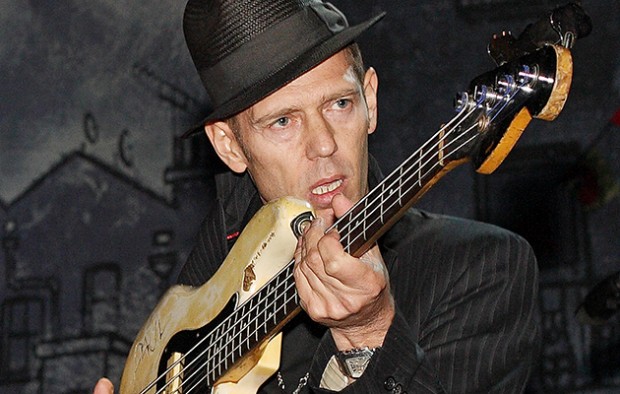
Spend an afternoon searching through the stacks of a record store and you may stumble upon a few iconic album covers; the colorful eclecticism of Sgt. Pepper’s Lonely Hearts Club Band, the eerie prism of Dark Side of The Moon, or the adrenaline enhanced act of destruction on London Calling. A Fender was, in fact, harmed in the making of that record — an epic sacrifice in the name of rock. While I never endorse the smashing of instruments, this image immortalized the raw passion and severity of The Clash’s music and of bassist Paul Simonon.
After digging in to more of The Clash’s catalogue, as well as a few other records that featured Simonon’s playing, it was easy to see that his gritty, reggae-inspired grooves makes him a bass player to know.
So Who Is Paul Simonon?
Hailing from Brixton, South London, Simonon was the son of an artist and librarian. With plenty of artistic aptitude, he originally attended the Byam Shaw School of Art and didn’t pick up a bass until the formation of The Clash. After meeting Mick Jones in 1976, and subsequently learning bass parts from him, the band began recording and performing their culturally relevant post-punk music. A show in New York City in 1979 resulted in the infamous cover image for London Calling, where Simonon destroyed a Fender Precision bass in a moment of frustration.
Over the course of the next ten years, The Clash ushered in a new era of rock that brought socio-economic commentary to the forefront of popular music. While they disbanded in 1986, Simonon continued to have a career as both an artist and musician. In addition to album artwork, design, and painting, his other musical projects include The Good, The Band and The Queen as well as Havana 3am. He can also be heard on Bob Dylan’s record Down in the Groove and Plastic Beach by Gorillaz.
Let’s Talk Style
While Simonon is not a particularly schooled player, his attitude and energetic performance style combine to create a dynamic musical personality. Influenced by the pronounced grooves of reggae music, most of his lines stem from syncopated major and minor arpeggios. He frequently drops the downbeat of a bar or creates short rhythmic phrases that act as a response to the melody or signature guitar lines.
In a live setting, his attention seems to be focused more on performance than precision. Although he can be somewhat erratic and sloppy, his passion for the music makes him a great entertainer.
Technique wise, he is a forceful player, digging in with his thumb or using a pick to get a sharp, bright attack. This assertive style of playing drives the band and combined with the grittier tone of an overdriven Precision, The Clash is able to stand on the shoulders of Simonon’s groove.
Where Can I Hear Him?
“The Guns Of Brixton” (The Clash: London Calling)
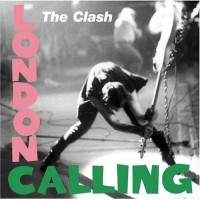 Featuring Simonon as writer, bass player, and lead vocalist, this song is a grungy, reggae-inspired commentary of cultural turmoil in Brixton, South London. The bass theme outlines a minor arpeggio, first ascending, then descending. The pattern barely wavers; it remains consistent throughout the song and becomes somewhat trance inducing when combined with the scratchy guitars and syncopated drums.
Featuring Simonon as writer, bass player, and lead vocalist, this song is a grungy, reggae-inspired commentary of cultural turmoil in Brixton, South London. The bass theme outlines a minor arpeggio, first ascending, then descending. The pattern barely wavers; it remains consistent throughout the song and becomes somewhat trance inducing when combined with the scratchy guitars and syncopated drums.
Listen: iTunes | Amazon MP3
“Plastic Beach” (Gorillaz: Plastic Beach)
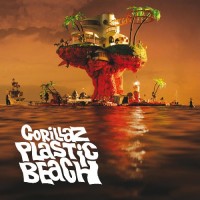 Simonon plays a dubby and percussive part during the introduction of this track, providing just enough harmonic background for the swirling guitars and vibey noises. As the drums and vocals kick in, he alternates between two specific verse and chorus patterns, equally catchy in their rhythmic simplicity. He often remains silent on the first beat of the measure, a classic reggae approach to bass playing, and effortlessly moves between the root-5th-octave of the chord.
Simonon plays a dubby and percussive part during the introduction of this track, providing just enough harmonic background for the swirling guitars and vibey noises. As the drums and vocals kick in, he alternates between two specific verse and chorus patterns, equally catchy in their rhythmic simplicity. He often remains silent on the first beat of the measure, a classic reggae approach to bass playing, and effortlessly moves between the root-5th-octave of the chord.
Listen: iTunes | Amazon MP3
“Kingdom of Doom” (The Good: The Bad and The Queen)
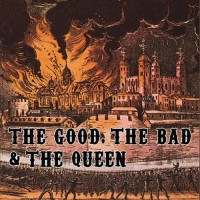 Simonon plays a pulsing root groove to compliment the strumming guitars and to provide both rhythmic and harmonic support. Without the aid of a full drum kit throughout most of the song, the groove is completely under his control. He often drops the first beat of the measure and mimics rhythmic elements of the vocal melody. His longer note duration matches the lyrical phrases of the chorus, creating a sense of space in this stripped down instrumentation.
Simonon plays a pulsing root groove to compliment the strumming guitars and to provide both rhythmic and harmonic support. Without the aid of a full drum kit throughout most of the song, the groove is completely under his control. He often drops the first beat of the measure and mimics rhythmic elements of the vocal melody. His longer note duration matches the lyrical phrases of the chorus, creating a sense of space in this stripped down instrumentation.
Listen: iTunes | Amazon MP3
How about you? What’s your favorite tune or album with Paul Simonon? Please share with us in the comments.
Ryan Madora is a professional bass player, author, and educator living in Nashville, TN. In addition to touring and session work, she teaches private lessons and masterclasses to students of all levels. Visit her website to learn more!

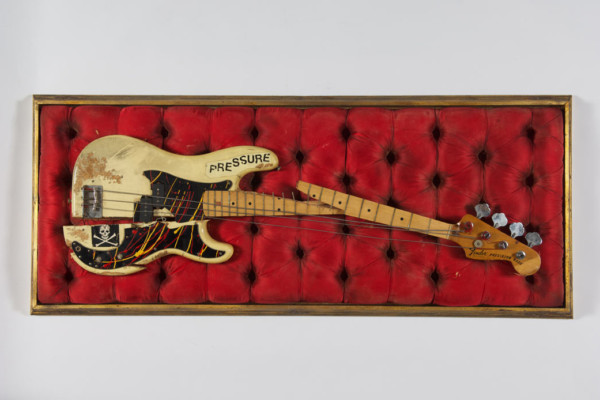
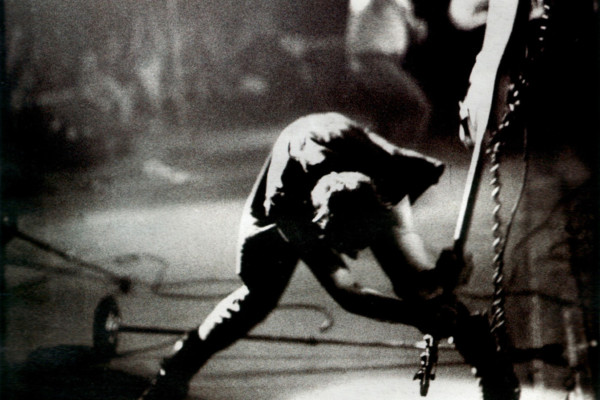
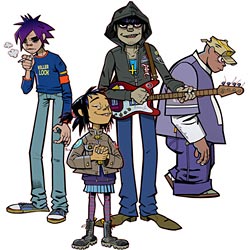
fine groove and gritty sound…liked this man
Didnt joe strummer play pauls part in guns of brixton due to paul having difficulty playing and singing? Favourite player